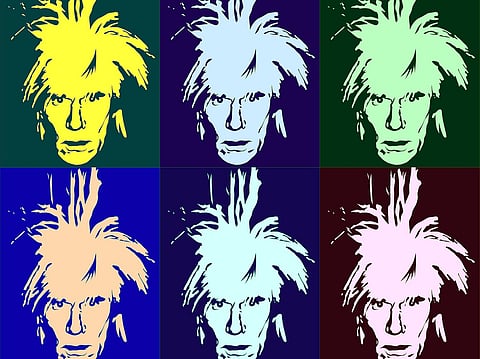
- LIFESTYLE
- FASHION
- FOOD
- ENTERTAINMENT
- EVENTS
- CULTURE
- VIDEOS
- WEB STORIES
- GALLERIES
- GADGETS
- CAR & BIKE
- SOCIETY
- TRAVEL
- NORTH EAST
- INDULGE CONNECT

Long before pop art became a global trend, one man helped bring pop culture into the art world: Andy Warhol. And at the centre of it all was The Factory, his famous New York studio.
Andy opened The Factory in 1962, turning a regular Manhattan loft into a creative playground. Covered in silver foil and mirrors, it looked like something out of a dream. The Factory wasn’t just a place to make art. It was where people came together to experiment, collaborate and challenge the norm.
At The Factory, he welcomed a mix of people—actors, musicians, drag queens, socialites, and complete unknowns. Some, like Edie Sedgwick, face of The Factory, became stars in their own right. Others, like The Velvet Underground, helped create new sounds with Andy as their mentor. There were no rules, only ideas, and a belief that art could come from anything—even a soup can.
One of the most distinctive things about The Factory was how Andy used everyday objects as art. He was fascinated by mass production and consumer culture, and often turned ordinary items—like soup cans, Coca-Cola bottles and pictures of celebrities—into iconic artworks.
It was also the birthplace of dozens of experimental films, many featuring Andy's “Superstars”—a group of eccentric and bold personalities who became part of the studio’s social and creative life. These films were raw, often improvised, and captured the chaos and freedom of the time.
What made The Factory special was its open spirit. Andy didn’t believe that art had to be serious or highbrow. He thought fame, fashion and everyday life were just as worthy of attention as classic painting. Now, as a new generation embraces pop art’s playful style and Andy's influence shows up everywhere from graphic design to streetwear, The Factory feels more relevant than ever. In a world where everyone has a platform, Warhol’s idea of “15 minutes of fame” rings especially true.
For more updates, join/follow our WhatsApp, Telegram and YouTube channels.